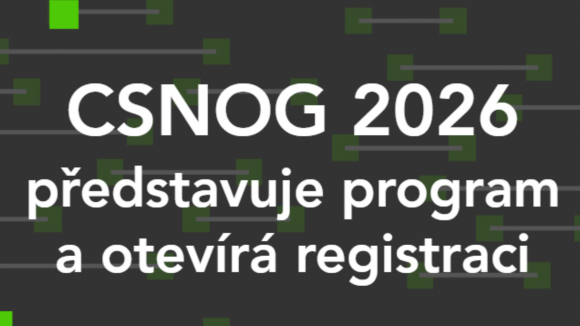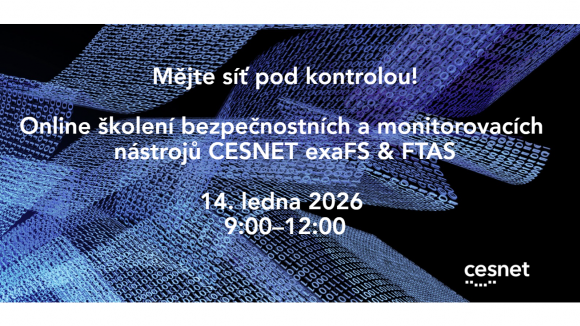Moc nás těší, že každoročně roste zájem o tento náš seminář zaměřený na bezpečnost, a zároveň zaznamenáváme rostoucí poptávku po širším obsahovém záměru, který by zahrnoval nejen technické aspekty bezpečnosti, ale také oblasti výzkumu, legislativy a aktuálních vědecko-výzkumných směrů a trendů. Proto jsme se rozhodli seminář v roce 2026 rozšířit a uspořádat ho jako dvoudenní akci, která účastníkům umožní získat hlubší a komplexnější přehled o současných tématech v oblasti bezpečnosti a poskytne také prostor pro osobní networking po skončení prvního dne akce. Již tradičně se potkáme v OREA Hotel Pyramida Praha.
První den 10. 2. 2026 bude seminář o bezpečnosti ve své klasické podobě, den druhý pak bude věnován tématům z oblasti legislativy a výzkumných projektů.
Přijďte získat komplexní přehled, nové kontakty a praktické znalosti, které využijete ve své praxi!
Registrace probíhá přes externí systém Attendu, který letos používáme poprvé. Dali jsme si práci, abychom vychytali všechny detaily, ale možná jsme neodhalili úplně všechno. Pokud narazíte na cokoli, co by stálo za doladění, napište nám prosím na akce@cesnet.cz. Děkujeme!




